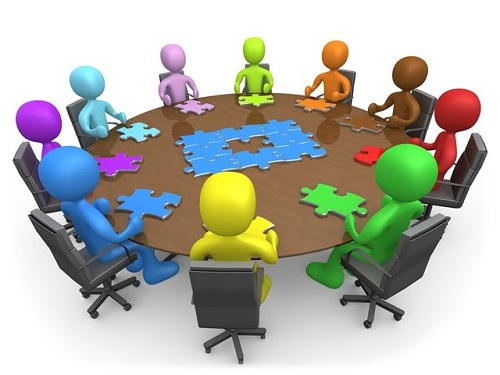Good relations between the employer and employees are essential for the success of an industry. In order to maintain good industrial relations, it is necessary that industrial disputes are settled quickly and amicably. One of the efficient means of resolving industrial disputes and deciding the employment conditions is collective bargaining. It is a process in which the representatives of the employer and of the employees meet and attempt to negotiate a contract governing the employer-employee union relationship.
Collective bargaining is a technique of social change, some-times performing its function smoothly and at other times threatening to blow up. Arthur D Butler’s classification of functions of collective bargaining can be viewed under the following three headings.… Read the rest




